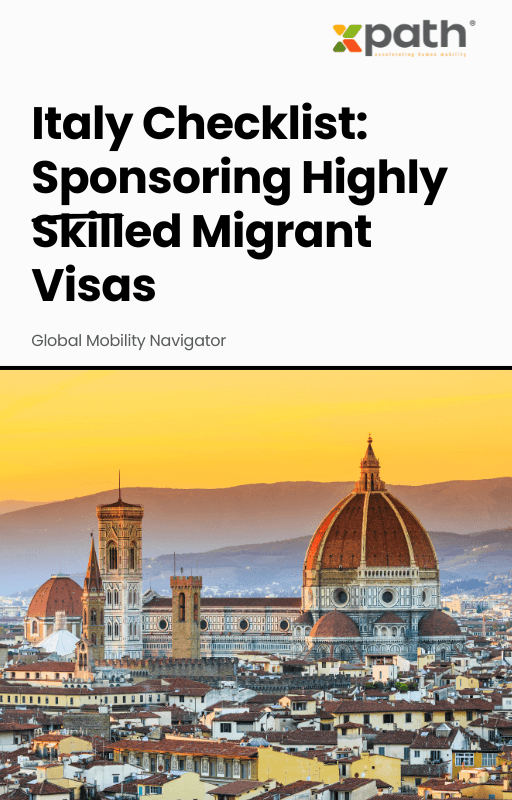Italy Checklist: Sponsoring Highly Skilled Migrant Visas
Grab a copy of a guide to international employee relocation
View E-bookPreviously, the personnel of an organization was simply referred to as human resources. However, the term now encompasses people sciences — what it takes to run a successful organization.
So, what exactly is people science? It uses data, analytics, and behavioral sciences to nurture and understand the workforce. It investigates how people interact with their surroundings in order to determine their needs and requirements.
Customer behavior and trends have long been studied using data science. The pandemic wreaked havoc on the workforce as nothing else had before. HR professionals were left wringing their hands as they attempted to assist employees in transitioning to a new normal while maintaining a positive culture.
Many businesses shifted to remote work, hybrid work, or adopt a new model to meet their needs as a result of Covid-19 disruptions. As workplaces began to open up in 2021, HR professionals faced a new challenge – The Great Resignation. Over 4.4 million Americans quit their jobs by September 2021, with much more planning to do so.
Businesses use data analytics for workforce planning, talent management, and operational advancement. However, according to a recent KPMG survey, HR professionals are becoming significantly less confident in their ability to use data and analytics.
Data assist businesses in evaluating and improving their processes. We need a strong data-centric culture to enable continuous improvement. People analytics is critical for understanding why people leave their jobs and what the future will look like.
Most businesses are shifting to a hybrid work model in which employees can choose where and when they want to work. Giving employees autonomy and freedom demonstrates that the company believes in them and improves overall well-being.
A hybrid workplace implies that employees can work from the office whenever it is convenient for them. Meanwhile, a hybrid workspace allows an employee to log in at any time and complete the day’s work.
While hybrid work can reduce physical costs associated with running a business, it requires much more collaboration and employee engagement to keep things running smoothly.
According to a CISCO survey, more than 53% of organizations intend to transition to a hybrid model, reducing their office footprint. Organizations must also monitor productivity and efficiency.
An effective hybrid model necessitates a high level of adaptability, inclusivity, and support from all stakeholders. We need people analytics to track change and replicate successes.
One such example is Google’s Project Oxygen. Researchers studied top-performing managers’ practices and used them to train low-performing employees. Analytics also aids in the detection of issues that would otherwise go undetected by the naked eye. During the pandemic, employees reported increased levels of stress and anxiety, according to a health and well-being survey.
To be truly effective, people sciences must benefit both the employer and the employee. Data-savvy HR professionals who are willing to initiate change based on data need to build a safe and inclusive organization.
Source: thehrdigest.com

Italy Checklist: Sponsoring Highly Skilled Migrant Visas
Grab a copy of a guide to international employee relocation
View E-book